The landscape of workplace training has witnessed a paradigm shift with the integration of eLearning. It refers to the use of electronic devices and digital platforms to deliver educational content and training programs. The requirements for eLearning implementation in the workplace are crucial to ensure a seamless and impactful learning experience.
Table of Contents
Requirements for eLearning for Workplace Training
Let’s explore the technical requirements that are used in creating advanced-level eLearning courses.
Learning Management System (LMS)
A robust Learning Management System is a fundamental requirement for successful eLearning implementation in the workplace. An LMS serves as a centralized platform that hosts and manages training content, tracks learner progress, and generates reports. It should have features that enable content creation and curation, user management, assessment tools, and analytics. The LMS should be user-friendly, intuitive and provide a seamless learning experience for employees.
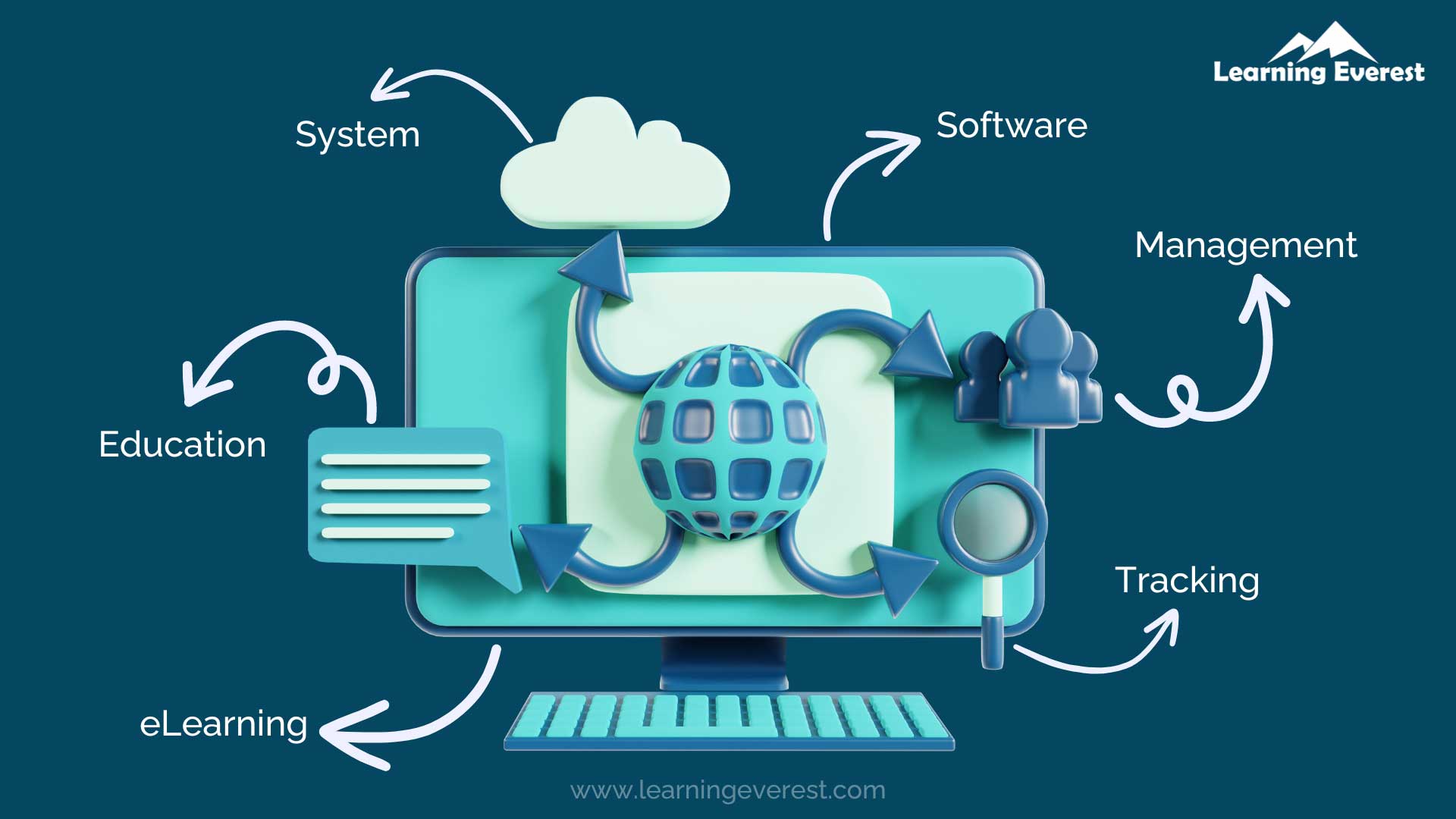
Requirements for eLearning – Learning Management System (LMS)
Engaging Multimedia Content
To enhance learner engagement and motivation, eLearning courses should incorporate multimedia elements. These can include videos, interactive simulations, audio clips, infographics, and gamification elements. Well-designed and visually appealing multimedia content not only captures learners’ attention but also facilitates better understanding and retention of information. The content should be relevant, concise, and effectively convey the learning objectives.
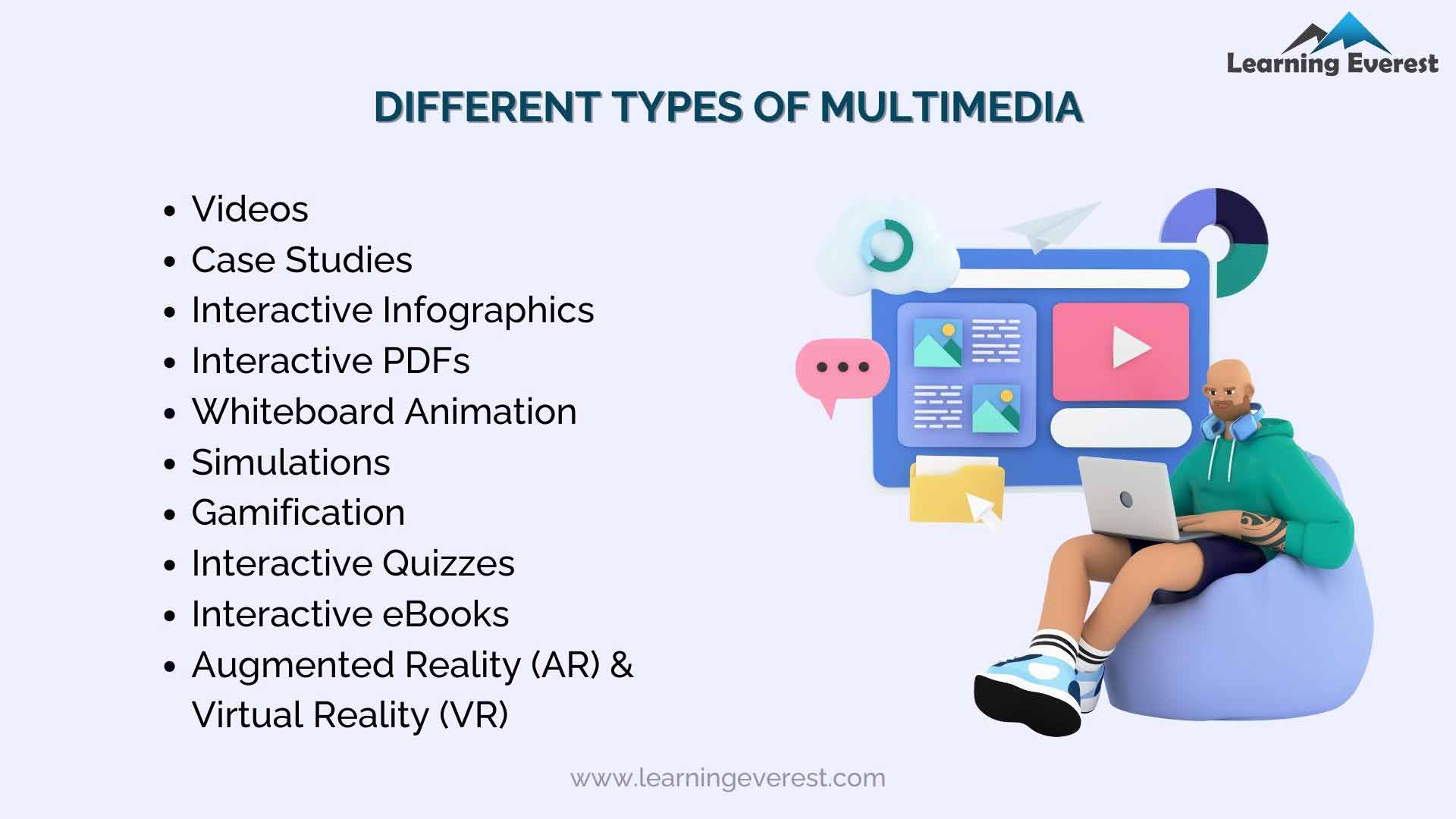
Requirements for eLearning – Engaging Multimedia Content
Mobile Compatibility
The courses should be designed using responsive design principles. This ensures that the learning content adapts to different devices. Mobile compatibility allows learners to access training materials on their preferred devices. It gives them the flexibility to learn anytime and anywhere.
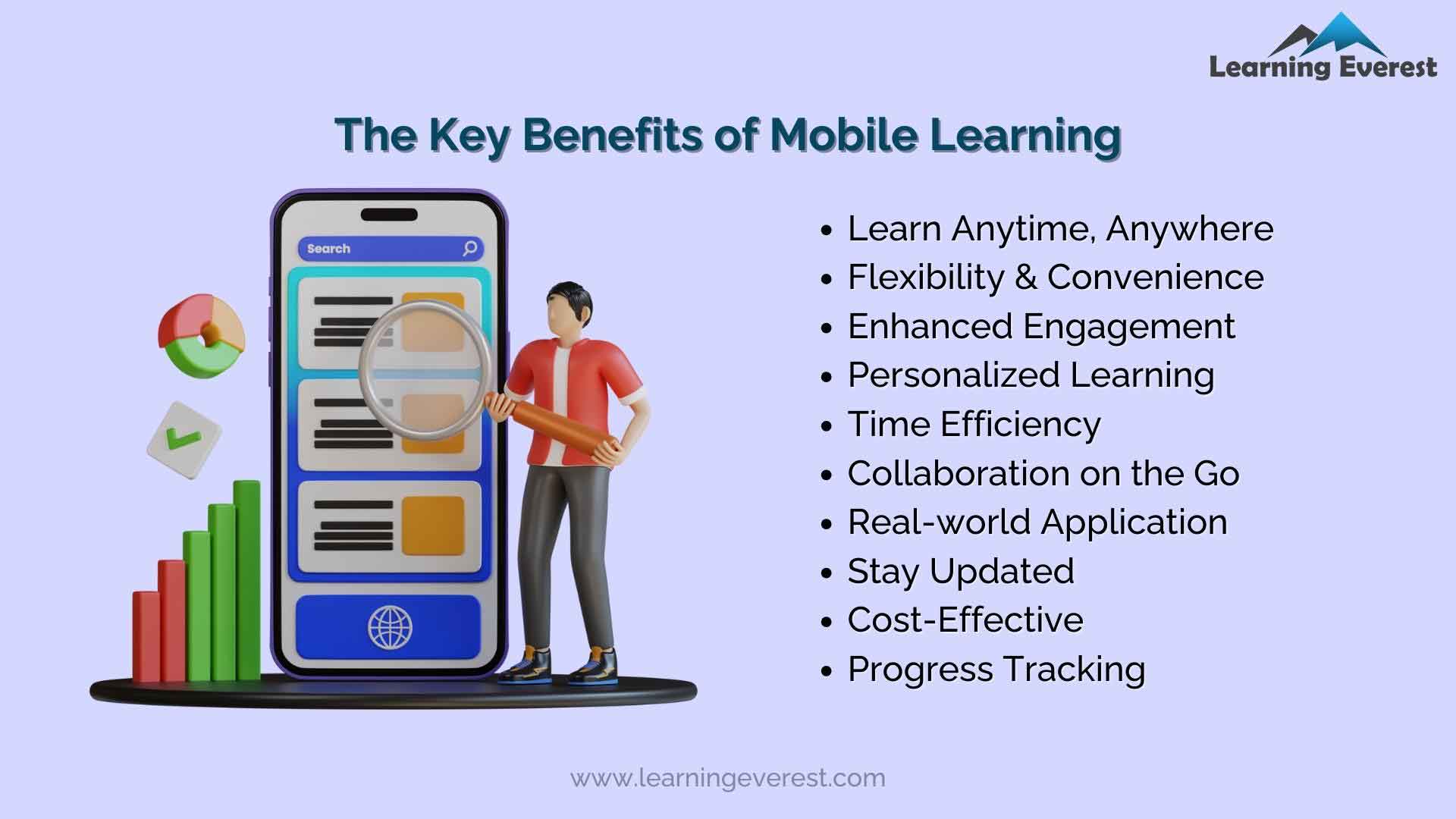
Requirements for eLearning – The Key Benefits of Mobile Learning
Personalization and Adaptability
Each employee has unique learning needs and preferences. Therefore, eLearning courses should offer personalized learning paths based on individual skill gaps, learning styles, and goals. The courses should be adaptable, allowing learners to progress at their own pace and providing additional support or challenges based on their performance. Adaptive learning technologies can dynamically adjust the content and difficulty level based on learners’ responses and progress, ensuring optimal learning experiences for each employee.
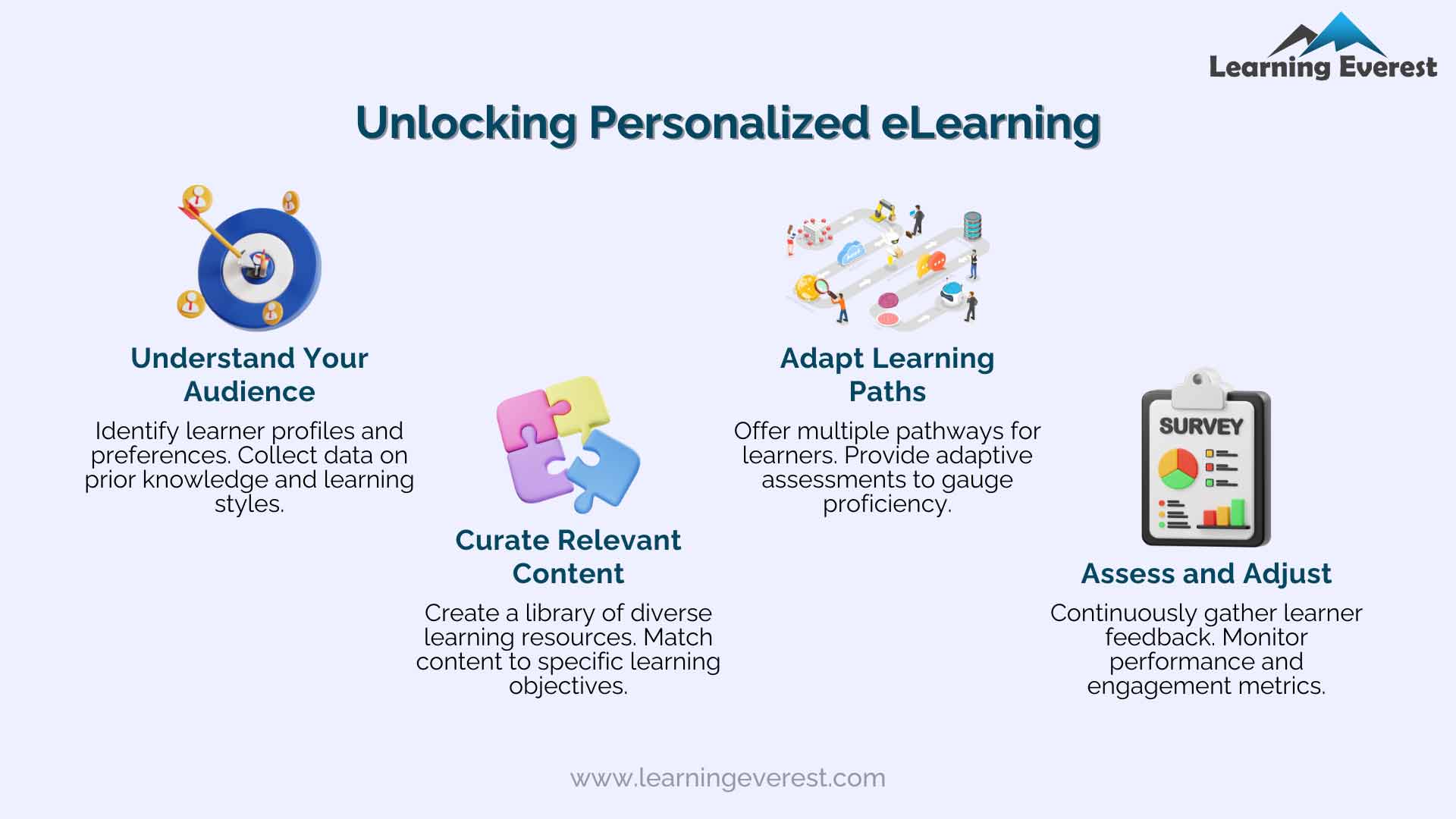
Requirements for eLearning – Personalization and Adaptability
Social Learning and Collaboration
Collaboration tools enable learners to interact with their peers, ask questions, share insights, and collaborate on projects. Some examples of collaboration tools are discussion forums, chatrooms, etc. This social interaction promotes problem-solving and a deeper understanding of the subject matter.
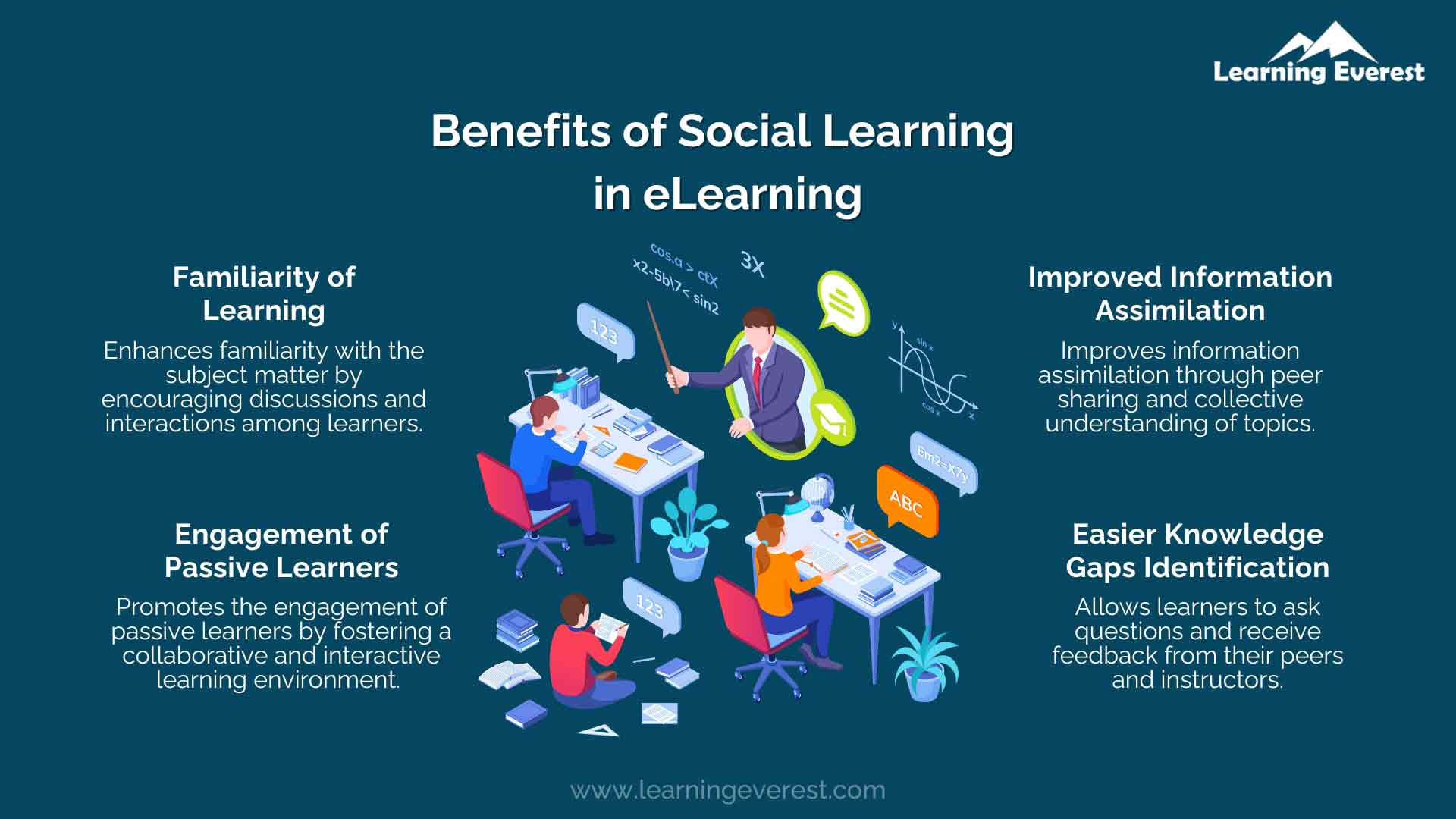
Requirements for eLearning – Social Learning and Collaboration
Assessments and Feedback
Quizzes, assignments, and exams should be integrated into the courses to assess learners’ knowledge and skills. Immediate feedback should be provided to learners. It highlights their strengths and areas for improvement. This also enables instructors to identify knowledge gaps in understanding.
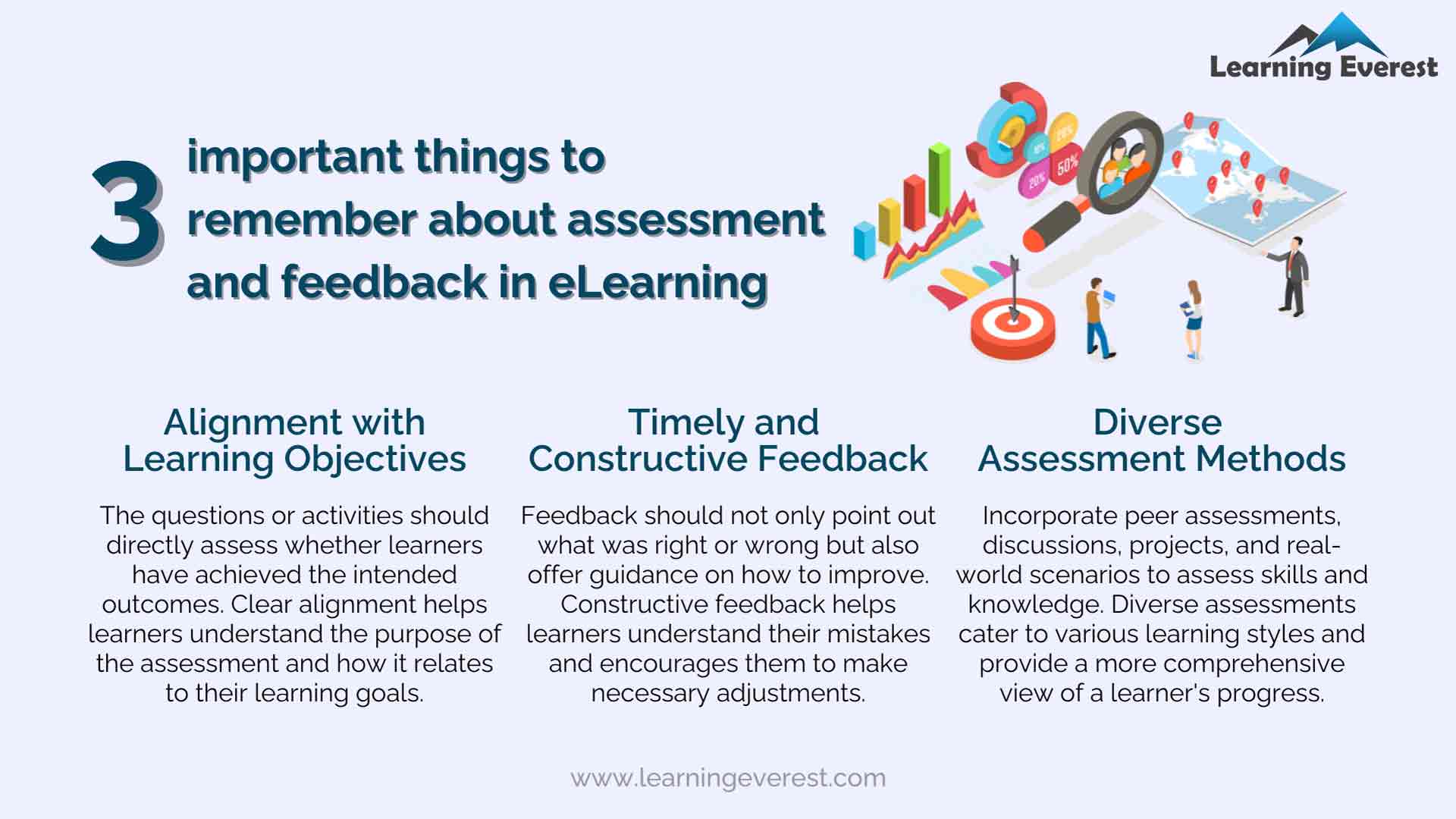
3 Important Things to Remember About Assessment and Feedback in eLearning
Security and Data Privacy
As eLearning involves the use of digital platforms and sensitive data, it is crucial to prioritize security and data privacy. The eLearning system should protect confidential information and prevent unauthorized access. It should comply with industry standards to ensure the privacy and confidentiality of learner data.
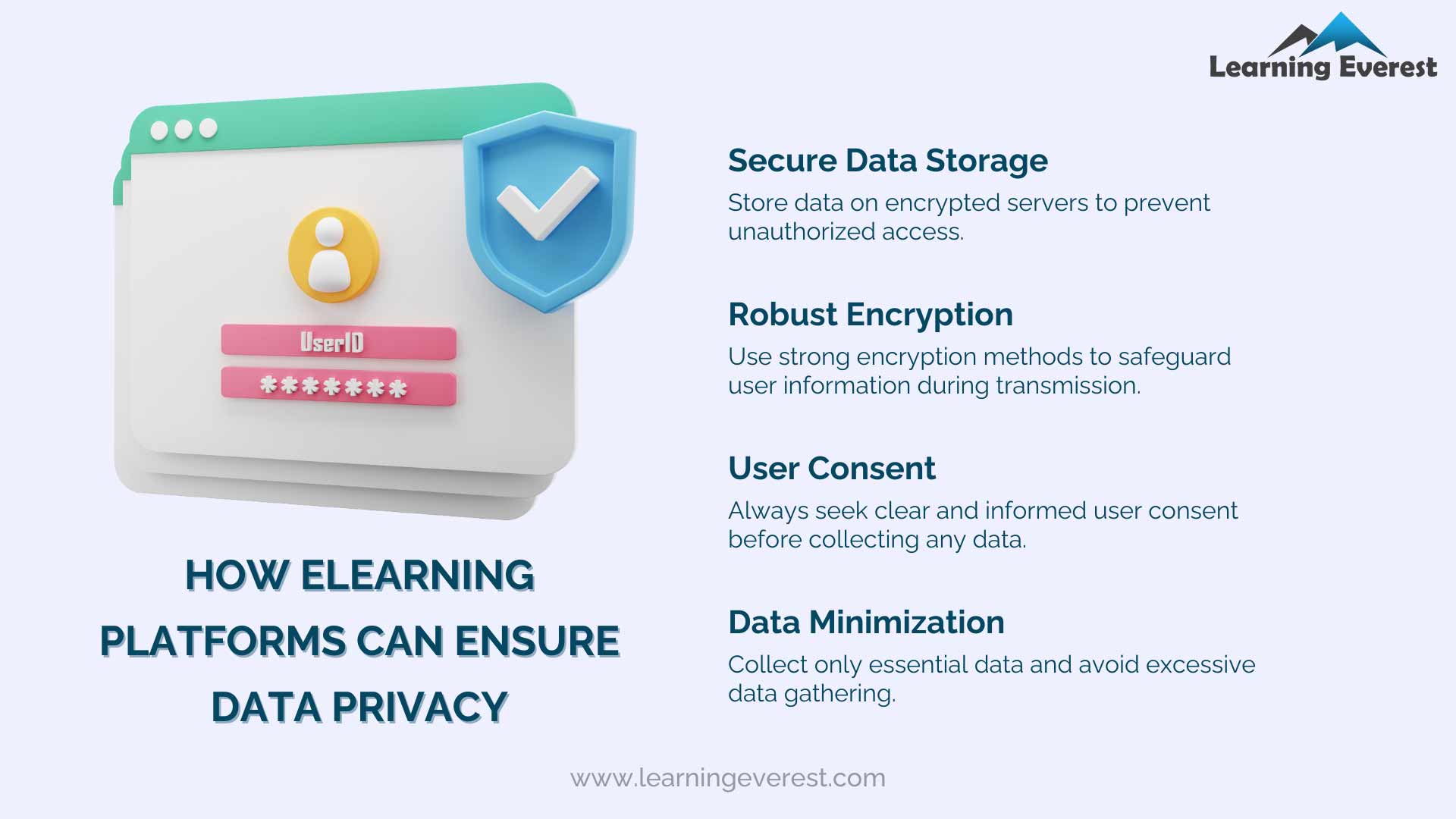
Requirements for eLearning – Security and Data Privacy
Technical Support and Infrastructure
A reliable technical support system is necessary to address any issues or challenges that learners may encounter while accessing or using the eLearning platform. The organization should have dedicated IT personnel or support teams that can promptly respond to queries, troubleshoot technical problems, and provide guidance to learners. Moreover, a stable and efficient IT infrastructure, including internet connectivity and devices, is vital to ensure a smooth eLearning experience.
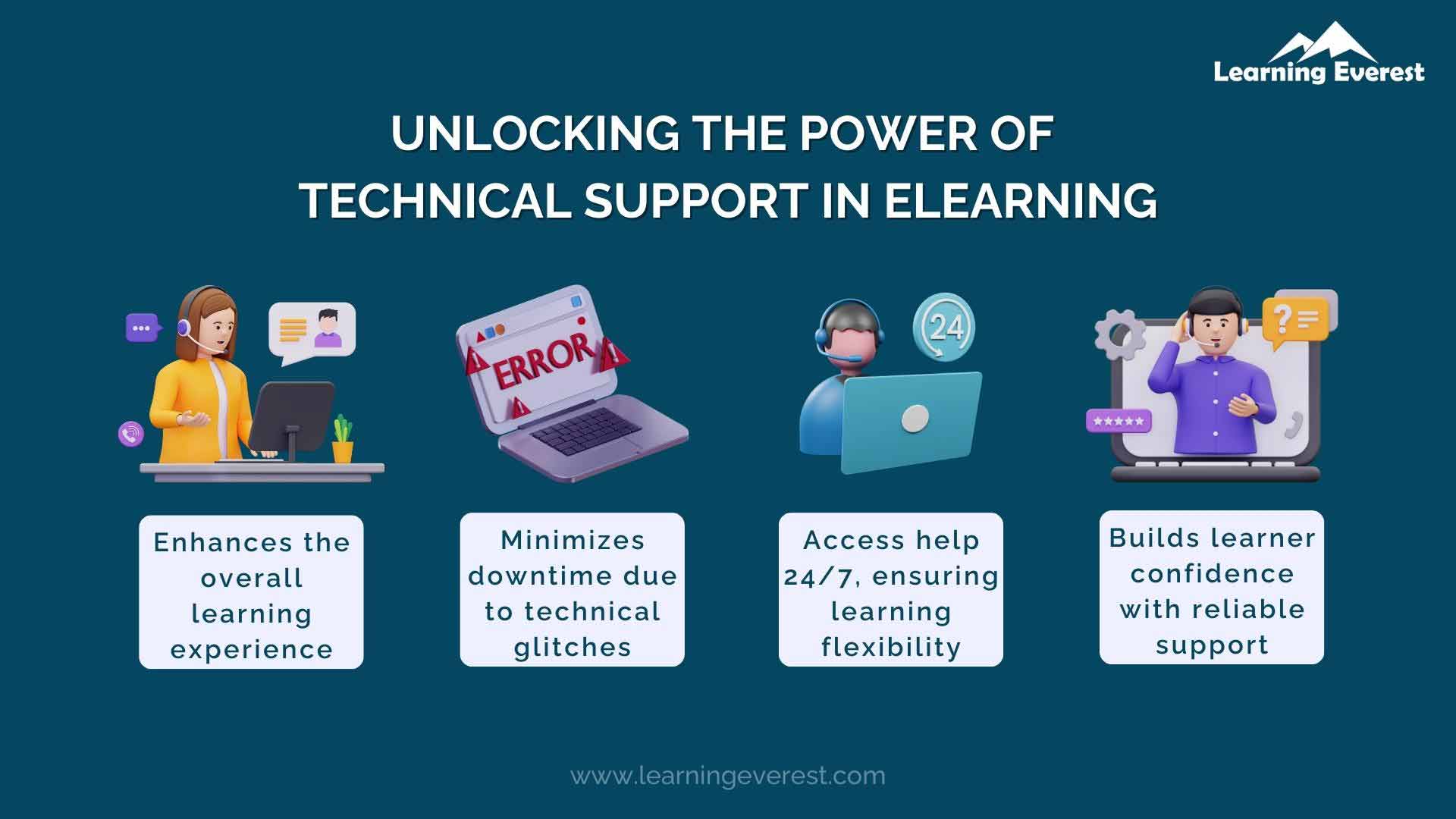
Requirements for eLearning – Technical Support and Infrastructure
Need to know more? Contact us today!
Infographics
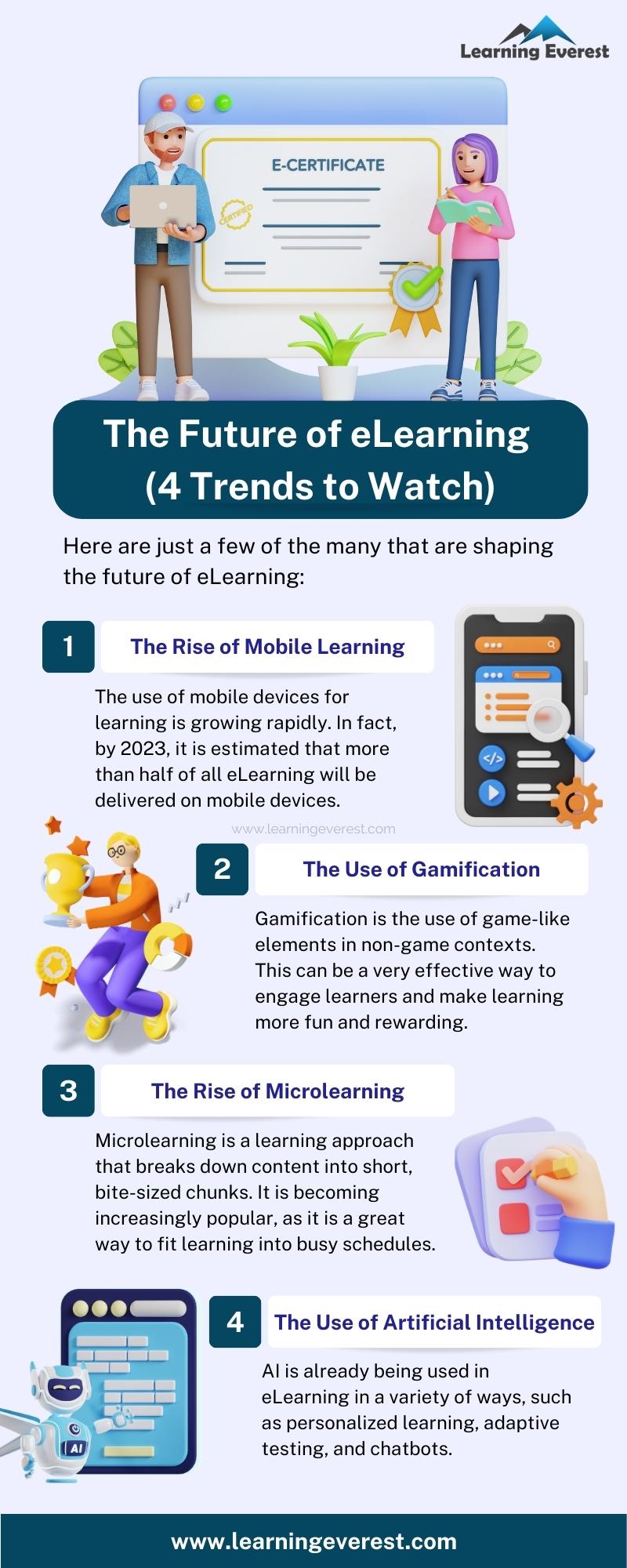
Requirements for eLearning Infographic
Frequently Asked Questions (FAQs)
What does eLearning mean?
The word eLearning refers to electronic learning, a learning process that includes electronic devices like computers or laptops. It uses information and communication as a learning mode and delivers electronically, using databases and learning management systems.
What is an example of eLearning?
Virtual Classroom (Google Classroom), Audio and Video Conferencing (Zoom, Google Meet, Microsoft Team, Skype)
What are the three types of eLearning?
Online Synchronous Learning, Online Asynchronous Learning, and Blended Mode of Learning.





